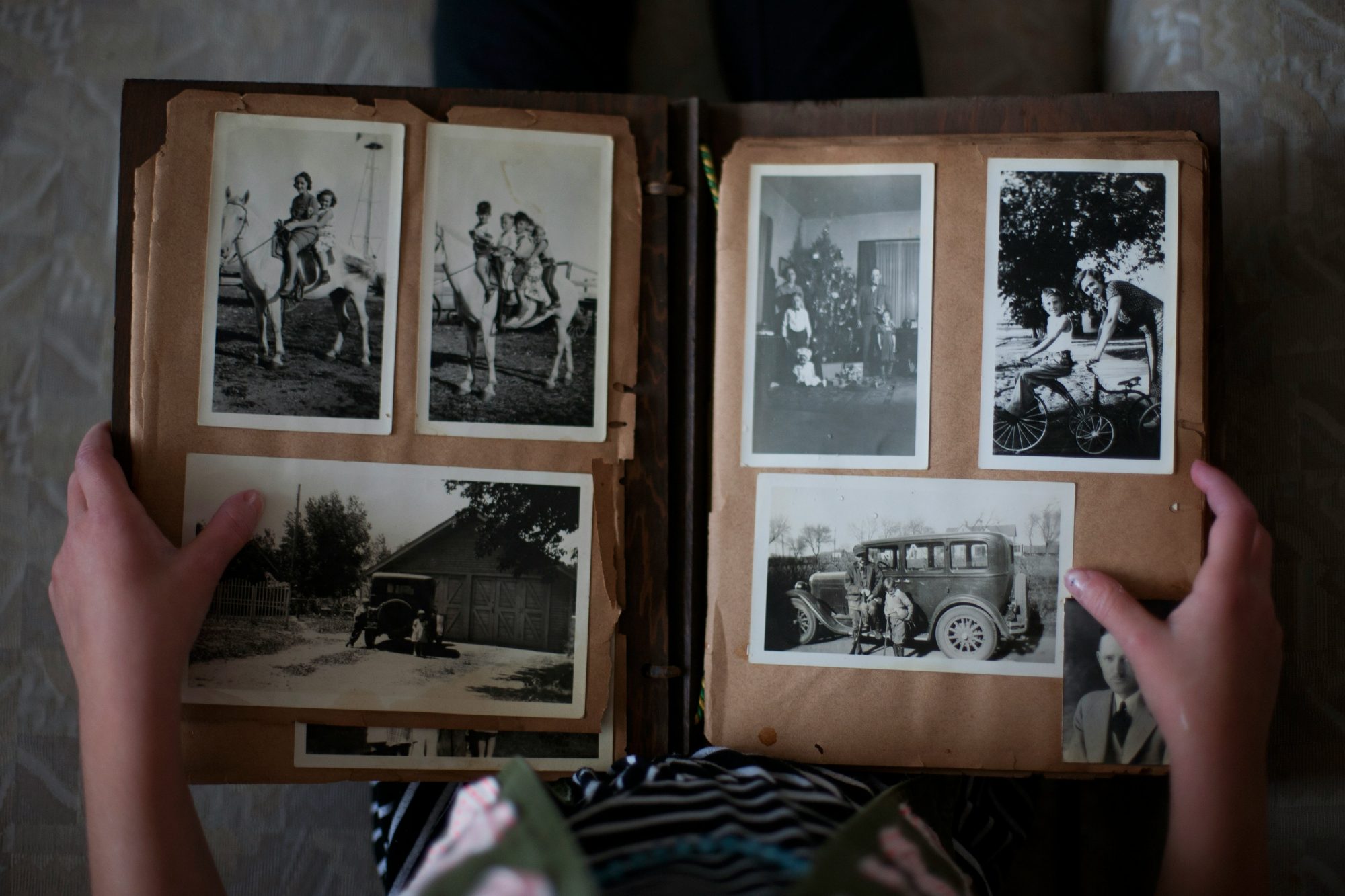
Blog
History of Photography – World in Colors

History of Photography
Though short, the history of photography is nevertheless full of turning points. During the late 50s of the 19th century, photography continued its steady development. More and more people took an interest in making the art of image capturing better and more specialized. The development of photography has spread across Europe and occupied the minds of physicians, chemists, and doctors.
In the year of 1861 Scottish scientist in the field of mathematical physics, James Clerk – Maxwell demonstrated the first attempt at creating the color photography system. This system included three black-and-white photographs, each of them taken through a red, green, or blue filter. The photos were turned into lantern slides and projected in registration with the same color filters. This system is known as the color separation method. It represents one of the most prominent discoveries in the field of photography, mostly because it pierced the way for color photography. In the same year, English photographer and inventor Thomas Sutton created the first permanent color photograph using Maxwell’s proposed method and instructions.

Photo of a family in Dubrovnik from the ’30
Photography became very popular in Europe. But, it didn’t affect the rest of the world, especially the United States where the technical revolution was at its high point. Also, there was a high demand for documenting many historic events and bringing them to the public. During the period 1861 – 1865 American photographer Mathew Brady, a pioneer of the daguerreotype in the USA, covered the events of the American Civil War. With the enormous help of his staff, he managed to expose 7000 negatives. These images became eternal memories of these historical events.
Mastering the Method
As time passed, we discovered more and more color photography methods. In the year 1868, the pioneer of color photography in France – Louis Arthur Ducos du Hauron, published a book proposing a variety of methods for color photography. In the same year, he patented his ideas and a year later, published them in Les couleurs en photographie, solution du problem (The colors in photography, solution of the problem). Besides many methods, we also discovered new processes in photography.
In the year of 1871 Richard Leach Maddox, the English photographer and physician, invented the dry plate process, replacing Adler’s Collodion process invented twenty years back. This process used an emulsion of gelatin and silver bromide on a glass plate. The advantages of the dry plate were obvious: photographers could use commercial dry plates off the shelf instead of having to prepare their own emulsions in a mobile darkroom. There was no need to develop the negatives immediately. Also, for the first time, cameras could be made small enough to be hand-held or even concealed. Further research created ‘fast’ exposure times, which led to ‘snapshot’ photography. This experiment also led to new ideas and innovations.
Photo Put in Motion
In the year of 1877, the English photographer began to experiment with photographic studies of motions. During the whole 70’s of the 19th century, American Wild West was the place where many photographers went to work. Muybridge, who immigrated to America at the age of 20, made the first images concerning motion in photography. Through time-sentenced photography, he presented a motion of Leland Stanford’s horse.

Leland Stanford’s Horse.
This opened the way for further development of photography and eventually, cinematography. In the early 80s demand for dry plates was on the rise. So, they started being commercially manufactured. In the year of 1880, George Eastman opened a company called The Eastman Dry Plate Company. Seven years later, this company will develop to trademark called Eastman Kodak Company, later simply known as Kodak. Its headquarters are in Rochester, New York. A new era in color photography began with the introduction of Kodachrome film. That came along with the manufacturing of the first Kodak camera which contained a 20-foot roll of paper, enough for 100 2.5-inch diameter circular pictures. Just one year later, Kodak came out with a new improved camera with a roll of film instead of paper. All these events led to the appearance of many artistic photography works.
From Artistry to Art
Photo sessions, exhibitions, and photography books started flourishing in the USA and across the globe. Photography has taken a major boom in its development. In the year of 1895 famous Lumiere brothers made the first motion picture, called Sortie de l’usine Lumière de Lyon. Besides creating the first motion picture, the Lumiere brothers invented the color plate which really got photography on the road.
In 1903 they also patented a color photographic process, the Autochrome Lumière, which they launched on the market in 1907. Throughout the 20th century, their cinematographic company was one of the biggest producers of photographic products. They were also remembered as the creators of the world’s first movie poster. The poster advertised their cinematographic company, featuring their famous comedy L’Arroseur Arrosé, filmed in 1895.
The patent of the Loumière brothers and Maxwell’s color separation method served their purpose until even until the 1950s, or to the beginning of the digital era in photography.













